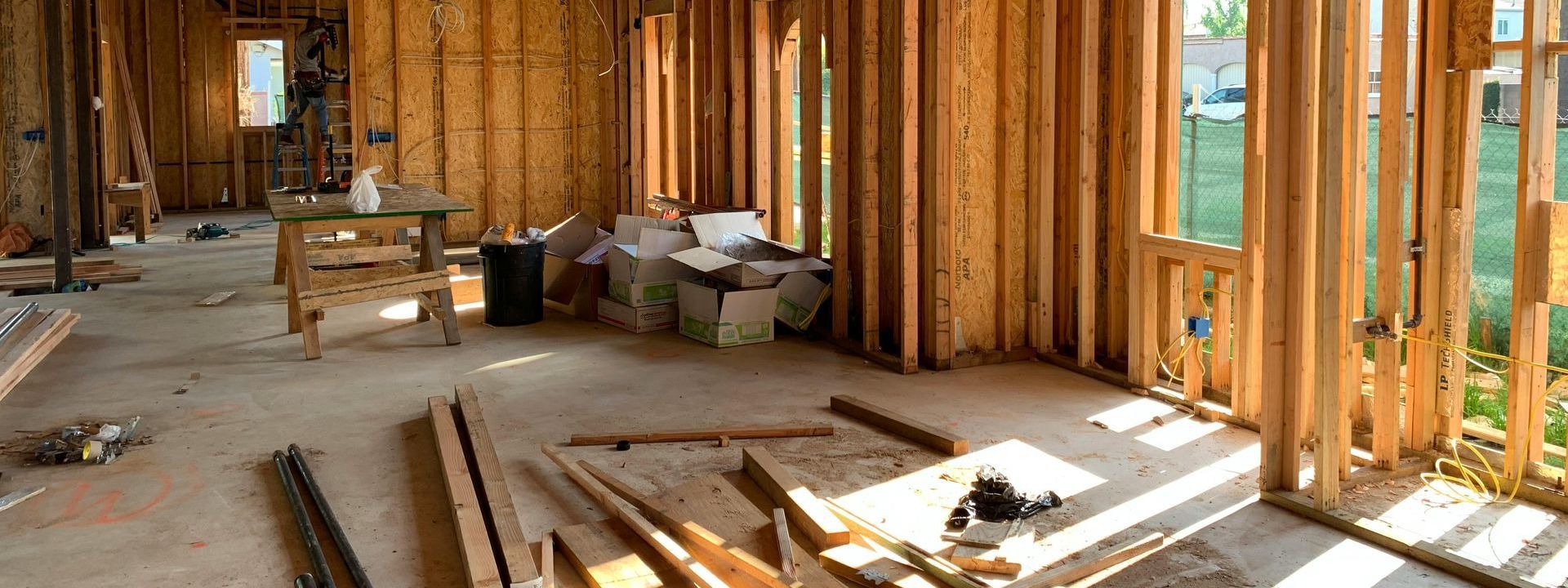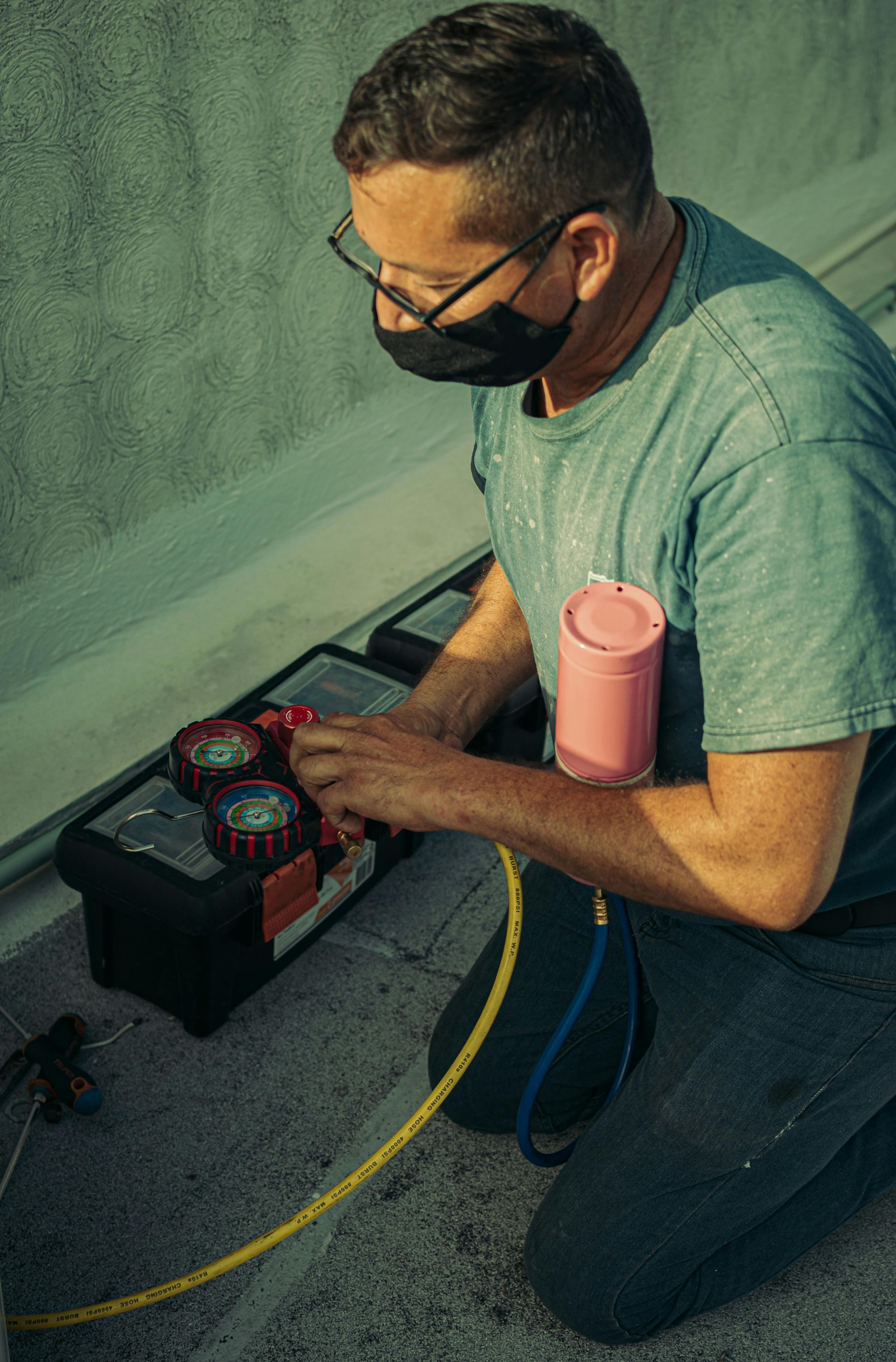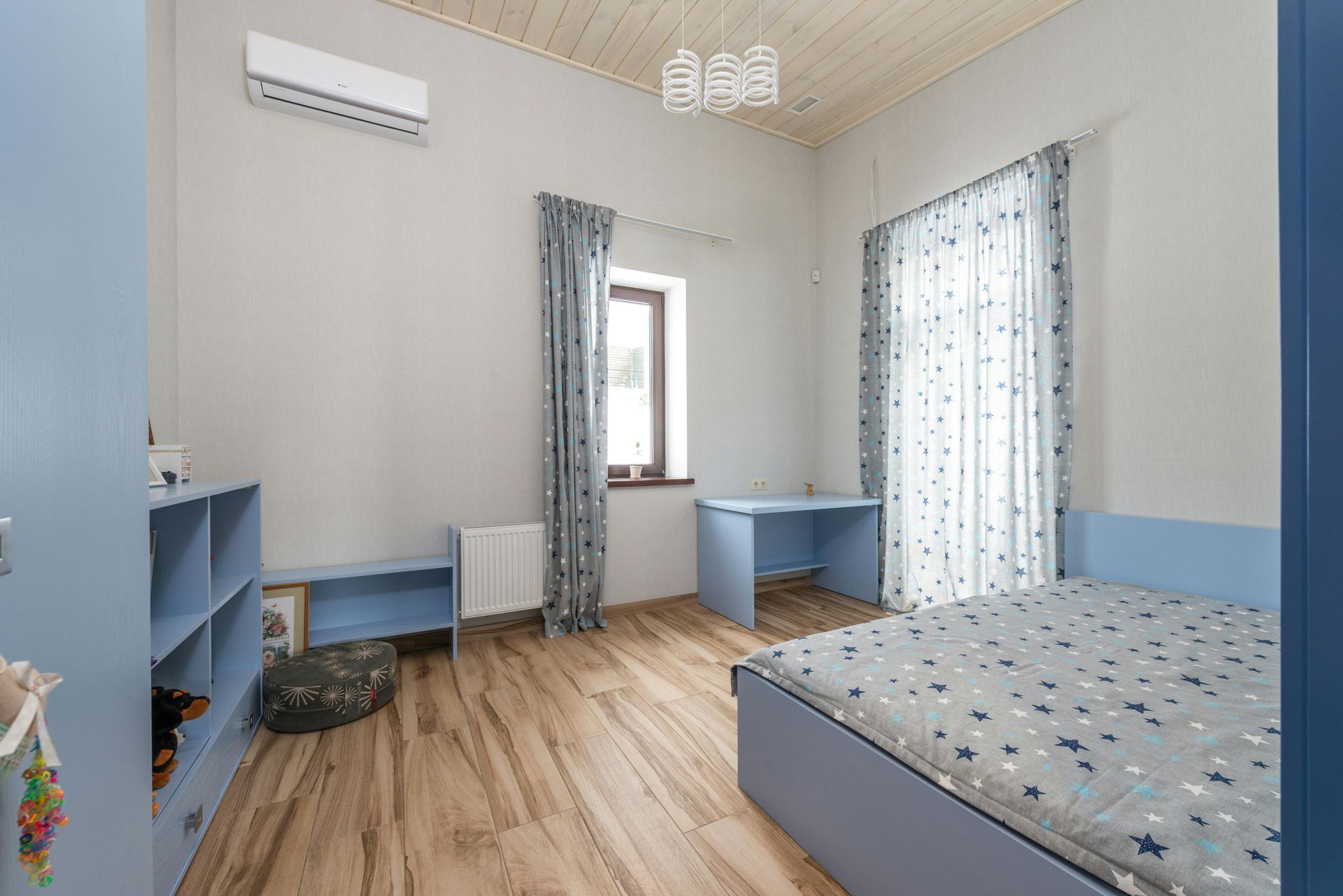A Closer Look at the Costs of Building a New Home

If you're in the market for a new home, you may wonder about the factors contributing to the home's total cost. The National Association of Home Builders (NAHB) recently published a Cost of Construction Survey, which details the various costs of building a typical new single-family home. Many of the results show that the percentage contribution of each component has remained relatively consistent in recent years.
According to the 2024 survey of home builders, the biggest single component of a new home’s total sales price is construction costs, which accounts for around 64.4%. For example, the sales price of a $665,298 house would likely factor in construction costs of approximately $428,215, or 64.4%.
Survey respondents broke down construction costs into eight major construction stages:
• Interior finishes (e.g., cabinets, drywall, flooring): 24.1%
• Major system rough-ins (e.g. electrical, HVAC, plumbing): 19.2%
• Framing: 16.6%
• Exterior finishes (e.g., roofing, windows): 13.4%
• Foundations: 10.5%
• Site work (e.g., architecture, building/permit/impact fees): 7.6%
• Final steps (e.g., driveway, landscaping): 6.5%
• Other costs: 2.1%
The share of construction costs to the total price of a new home is the highest since NAHB first produced the survey in 1998. Some of the factors that contribute to the construction costs are the ongoing skilled labor shortages and building material price increases.
The average single-family home size in the 2024 survey was 2,647 sq. ft. of finished floor space, an increase of 86 sq. ft. from 2022. From 2015 to 2022, the average square footage of a home trended downward. Constructing homes with smaller square footage in recent years is a response by builders to meet the current housing affordability challenges buyers face.
Though building practices and the cost of labor, land and materials can vary widely across the country, these national averages provide an overall snapshot for the building industry.
To learn more about the home building process in Columbia, MO contact info@columbiahba.com or visit columbiahba.com
SHARE




